
Why you should never drain your pasta in the sink
Pasta lovers are often guilty of draining their pasta water down the sink before adding sauce. But there is an important reason to save your pasta water and it is pretty scientific. Because pasta is made of flour, it releases starch into the cooking water as it boils, creating a white, cloudy liquid that emulsifies sauces it is added to. Emulsification is the process of blending two liquids that would otherwise repel each other ― in the case of pasta, it’s oil and water ― into a smooth, inseparable mixture. Sign up to our free Indy100 weekly newsletter Starchy pasta water is also a thickener, so saving some and mixing it into sauce creates something creamy and thick that won’t ever separate. This makes for a better sauce, so if you ladle some pasta water out before draining the rest you are going to be giving serious chef vibes. With that said, it is time to impress everyone you ever cook for again - just from the simple act of saving a small bit of water. Have your say in our news democracy. Click the upvote icon at the top of the page to help raise this article through the indy100 rankings.
1970-01-01 08:00
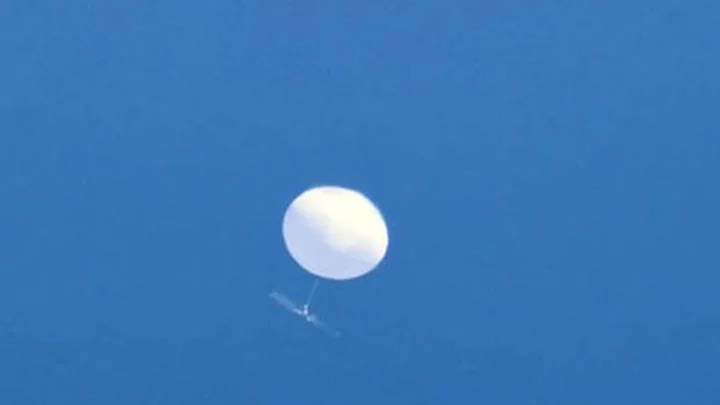
New images show Chinese spy balloons over Asia
BBC Panorama worked with an artificial intelligence company to sift through millions of satellite pictures.
1970-01-01 08:00
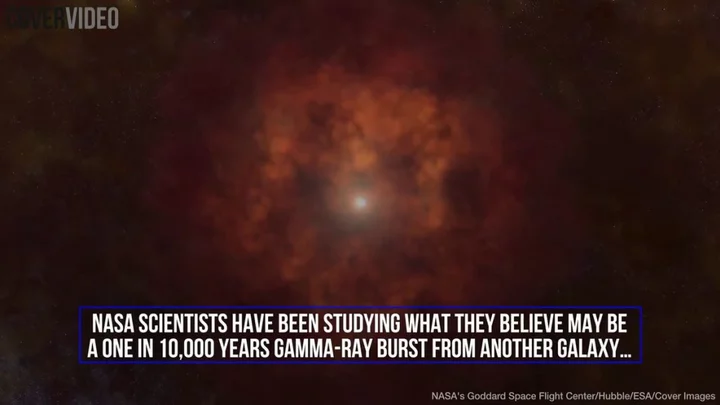
Astronomers discover a totally new way that stars can die
Astronomers have discovered a new way that stars can die. In a study published in the journal Nature Astronomy, experts have worked out that a minute-long gamma-ray burst of light, which occured in 2019 and evidence a star dying, happened because stars collided within the densely crowded environment near the supermassive black hole at the centre of an ancient galaxy. Normally gamma-ray bursts (GRB) last around two seconds and happen when stars collapse. “For every hundred events that fit into the traditional classification scheme of gamma-ray bursts, there is at least one oddball that throws us for a loop,” said study coauthor Wen-fai Fong, assistant professor of physics and astronomy at Northwestern University’s Weinberg College of Arts and Sciences, in a statement. “However, it is these oddballs that tell us the most about the spectacular diversity of explosions that the universe is capable of.” Over time, astronomers have observed three main ways that stars can die, depending on their size. Lower mass stars like our sun shed their outer layers as they age, eventually becoming dead white dwarf stars. Sign up to our free Indy100 weekly newsletter Massive stars burn through the fuel-like elements at their core and shatter in explosions called supernovas. Doing so can leave behind dense remnants like neutron stars or result in the creation of black holes. A third form of star death results when neutron stars or black holes begin to orbit one another in a binary system and spiral closer to one another until they collide and explode. But the new observation suggests a fourth type of death. “Our results show that stars can meet their demise in some of the densest regions of the universe, where they can be driven to collide,” said lead study author Andrew Levan, an astrophysics professor at Radboud University in Nijmegen, Netherlands, in a statement. “This is exciting for understanding how stars die and for answering other questions, such as what unexpected sources might create gravitational waves that we could detect on Earth.” “The lack of a supernova accompanying the long GRB 191019A tells us that this burst is not a typical massive star collapse,” said study coauthor Jillian Rastinejad, a doctoral student of astronomy at Northwestern, in a statement. “The location of GRB 191019A, embedded in the nucleus of the host galaxy, teases a predicted but not yet evidenced theory for how gravitational-wave emitting sources might form.” “While this event is the first of its kind to be discovered, it’s possible there are more out there that are hidden by the large amounts of dust close to their galaxies,” said Fong, who is also a member of the Center for Interdisciplinary Exploration and Research in Astrophysics at Northwestern. “Indeed, if this long-duration event came from merging compact objects, it contributes to the growing population of GRBs that defies our traditional classifications.” You learn something new every day. Have your say in our news democracy. Click the upvote icon at the top of the page to help raise this article through the indy100 rankings.
1970-01-01 08:00
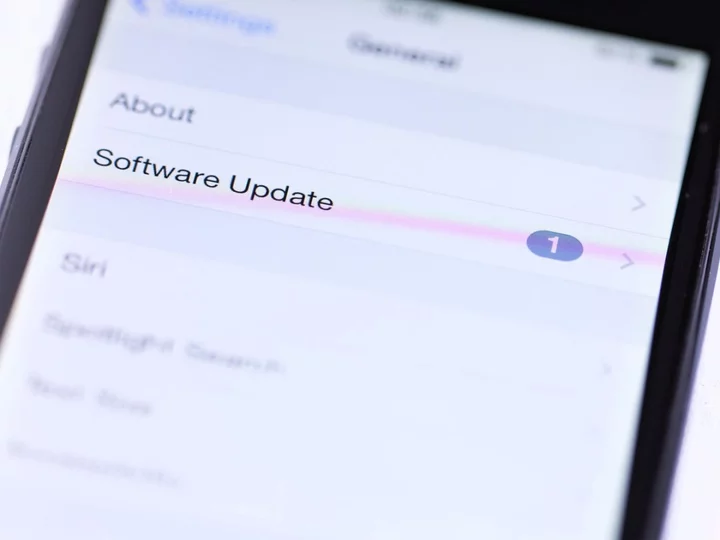
Apple releases urgent iPhone update to millions of users
Apple has issued an urgent update for millions of iPhone users after two critical security flaws were discovered. The tech giant warned that the latest version of iOS 16, called iOS 16.5.1, was required in order to protect against two vulnerabilities that hackers already know how to exploit. One of the bugs involves a “malicious attachment” sent through iMessage, that allows cyber criminals to gain access to an iPhone’s audio recordings, photos and location data. Security researchers said the security flaw, dubbed TriangleDB, has already been exploited through a campaign called Operation Triangulation, which targeted employees of the cyber firm Kaspersky. “The deployment of the spyware is completely hidden and requires no action from the user,” Kaspersky wrote in a blog post earlier this month. “The spyware then quietly transmits private user information to remote servers: microphone recordings, photos from instant messengers, geolocation, and data about a number of other activities of the owner of the infected device.” The second bug affected Apple’s browser engine WebKit, which leaves users exposed to something known as arbitrary code execution. This could result in malicious third parties stealing data or hacking a device. Both exploits could also impact iPad and Mac users, with Apple issuing security fixes for all of these devices. Apple also released a software update for Apple Watch, which brings new features to its smartwatch. The Cupertino company unveiled its latest mobile operating system iOS 17 earlier this month, though it is not yet widely available. A full public release date of iOS 17 will take place when the new iPhone is announced in September. The iOS 16 update covers more than a decade’s worth of devices, going back to the iPhone 6s and Apple Watch Series 3. “This update provides important security fixes and is recommended for all users,” Apple wrote in the release notes for iOS 16.5.1. Apple Watch, iPhone, iPad and Mac users can update their devices by going to the Settings app and selecting ‘General’ > ‘Software update’, and then following the instructions. Read More Apple seeks trademark of ‘actual apple’, Swiss fruit association says Apple Watch 7 pre-order: How to buy the new smartwatch in the UK Apple introduces new version of Watch with complete redesign iPhone 13 - live: UK contract deals and prices for Apple, EE and O2
1970-01-01 08:00
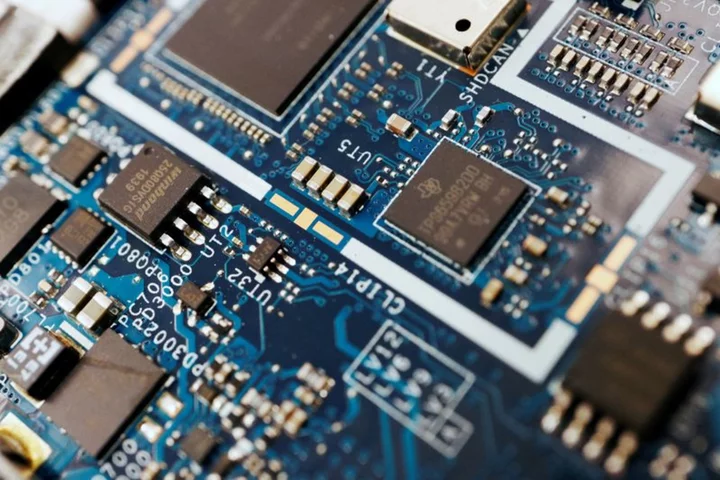
Japan-backed fund to buy out JSR, in latest chip sector intervention
By Sam Nussey and Tim Kelly TOKYO (Reuters) -Semiconductor materials maker JSR Corp said on Monday it has agreed to
1970-01-01 08:00
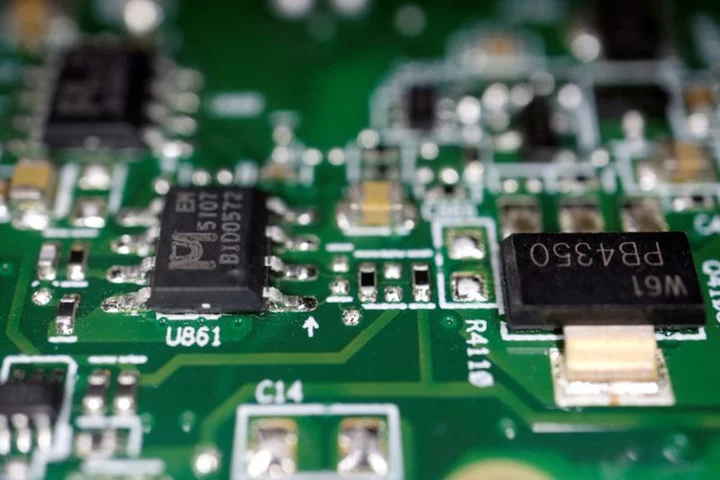
Factbox-Japan ramps up efforts to strengthen its chip industry
TOKYO Semiconductor materials maker JSR Corp's board will meet on Monday to discuss a potential multi-billion dollar buyout
1970-01-01 08:00

China Smartphone Shipments Back to Double-Digit Growth in May
China’s smartphone shipments jumped 22.6% in May, accelerating sharply from previous months in a positive sign for the
1970-01-01 08:00
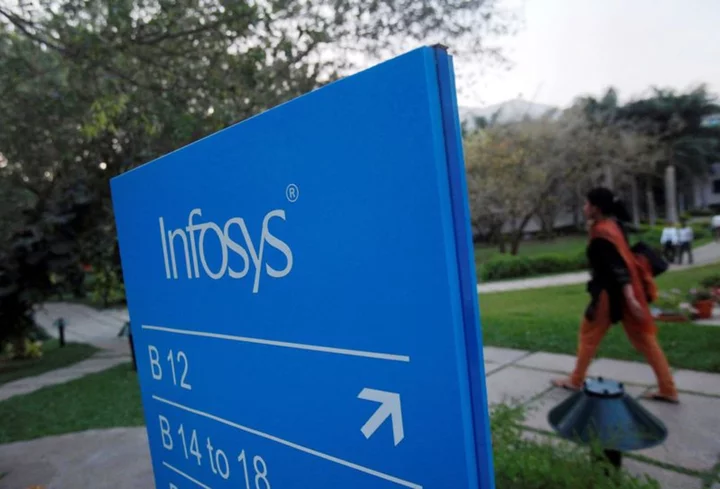
India's Infosys signs $454-million deal with Danske Bank
BENGALURU (Reuters) -Infosys, India's No.2 IT services provider, signed a $454-million contract with Denmark's Danske Bank on Monday, at a
1970-01-01 08:00

Primark Owner AB Foods Raises Guidance as Consumers Swallow Price Rises
Associated British Foods Plc raised its outlook for the full year as consumers battling a cost-of-living crisis manage
1970-01-01 08:00

Twitter hacker who took over Musk, Obama, Biden accounts in 2020 gets prison sentence
A British hacker behind the 2020 takeover of the Twitter accounts of Elon Musk, Barack Obama, Joe Biden, and several other personalities as part of a Bitcoin scam has been sentenced to five years in prison. The hacker, 24-year-old Joseph O’Connor from Liverpool, took over nearly 130 accounts in July 2020, and pleaded guilty to charges of hacking these profiles last month. He was extradited from Spain on 26 April to face charges and now the US Attorney’s Office in the southern district of New York has sentenced him to five years for cyber crimes. In May, the hacker pled to four counts of computer hacking, wire fraud, and cyberstalking, according to Tech Crunch. The US justice department accused Mr O’Connor of participating in the exploitation of social media accounts, as well as online extortion and cyberstalking. The hacker, known as PlugwalkJoe online, has also been ordered to pay nearly $800,000 to the victims of his crimes. He had participated in the exploitation of social media accounts, as well as online extortion, using social engineering tricks to get access to Twitter accounts. New York’s Department of Financial Services investigated and found that the hackers had called Twitter employees, claiming to be the IT department. Another hacker Graham Ivan Clark – known as Kirk – reportedly used this access to hijack and reassign Twitter accounts. Using stolen accounts, hackers sent out tweets asking followers to send bitcoin to an account, promising to double their money. Mr O’Connor also pled guilty of using a cyber intrusion technique called a “SIM swap attack” to steal cryptocurrency from a Manhattan-based company and then to launder the proceeds of the scheme. In this mode of cyber attack, hackers gain control of a victim’s mobile phone number by linking that number to a SIM card controlled by the threat actors. This leads to the victim’s calls and messages being routed to a malicious unauthorised device controlled by the hackers, who then use control of the victim’s mobile phone number to obtain unauthorised access to accounts held by the victim registered to their mobile phone numbers. Twitter said it improved the social media platform’s cybersecurity controls following the cyberattack. In addition to the prison term, Mr O’Connor has been sentenced to three years of supervised release and further ordered to pay about $794,000 in forfeiture. Read More How bad is bitcoin for the environment really? Crypto experts discuss bitcoin price predictions What is Solana? The crypto rising 200-times faster than bitcoin Hacker reveals secret ‘Elon Mode’ in Tesla cars for full self-driving Hackers strike Iranian government, releasing presidential documents China calls hacking report 'far-fetched' and accuses the US of targeting the cybersecurity industry
1970-01-01 08:00
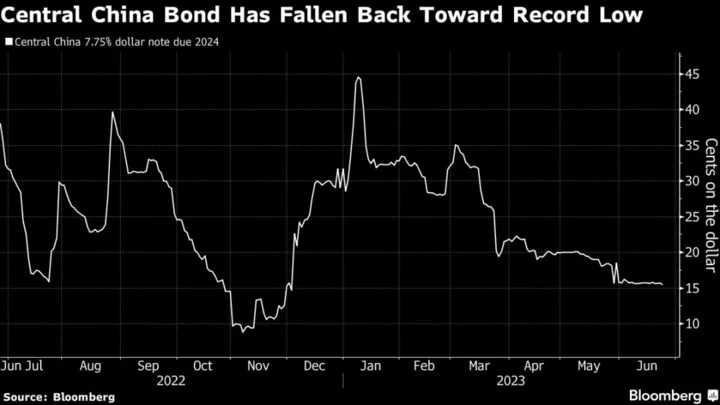
Two More China Builders Say They Can’t Meet Debt Obligations
Two more Chinese developers have failed to meet dollar-bond payments, occurring amid renewed home-sales softness and a lack
1970-01-01 08:00
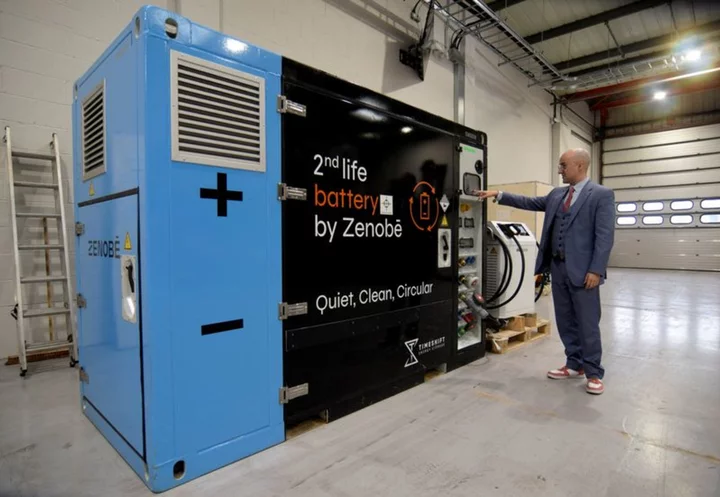
A second life for EV batteries? Depends how long the first is
By Nick Carey, Paul Lienert and Victoria Waldersee LONDON Global automakers have touted plans to re-use electric vehicle
1970-01-01 08:00
